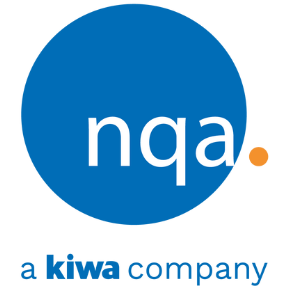Empowering Businesses with ISO Standards
NQA AT A GLANCE
Years of experience
From small businesses to multinationals, we have supported clients with ISO certification for over 30 years.
Years of partnership
We support clients for 10 years on average, ensuring they achieve long-lasting improvement.
Operating countries
We operate in over 100 countries to ensure we are close to our customers and deliver a truly global service.
Certificates issued
We have over 53,000 active certificates supporting organisations of varying sizes around the world.
STEPS TO CERTIFICATION
-
Step 1
Complete a Quote Request Form so we can understand you and your business. We will then use this to personally prepare a proposal for your certification and define what is known as your 'scope of assessment'.
-
Step 2
We will then contact you to book your assessment with an NQA assessor. This consists of two mandatory visits that form the Initial Certification Audit. Please note that you must be able to demonstrate that your management system has been operational for a minimum of three months, has been subject to a management review and a full cycle of internal audits.
-
Step 3
Following a successful two stage audit, a decision is made and if positive, your certification is issued by NQA. You will receive both a hard and soft copy of the certificate. Certification is valid for three years and maintained through surveillance audits (years one and two,) and a recertification audit in year three.
What our clients say



Case studies
Latest News
Some of the companies we work with:








